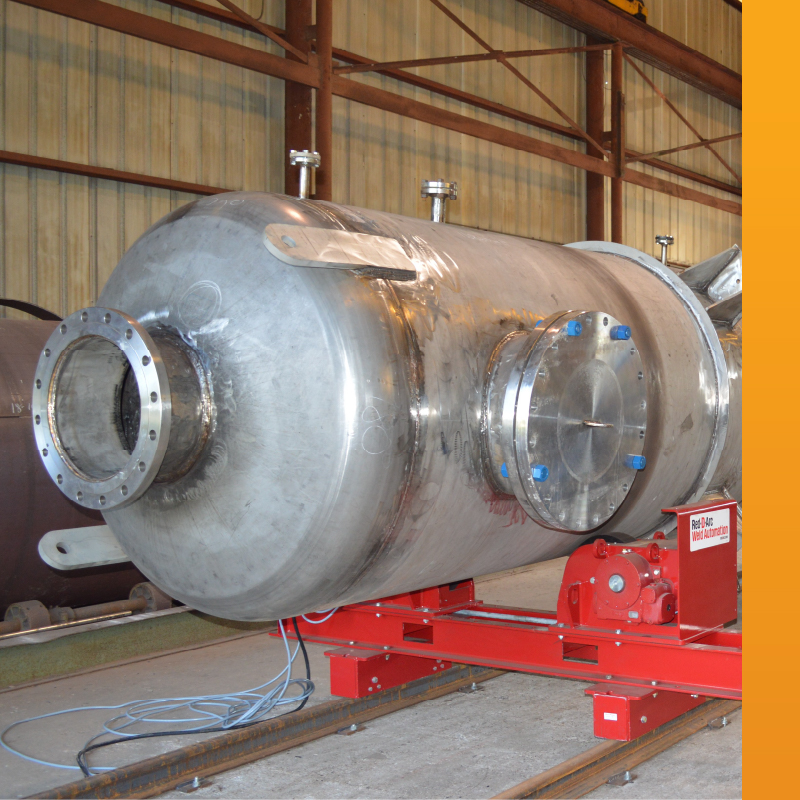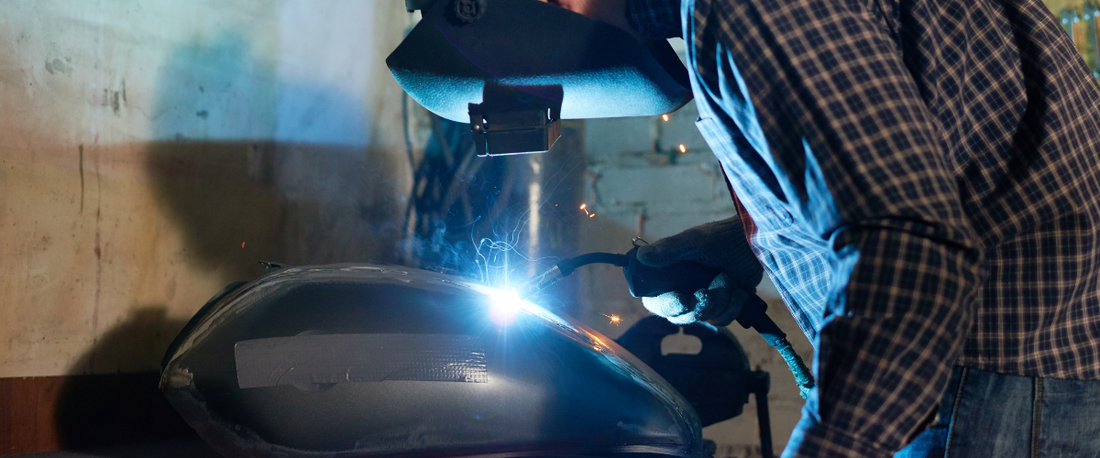Expert Eyes on Every Joint: Tank Welding Inspection Service Explained
Expert Eyes on Every Joint: Tank Welding Inspection Service Explained
Blog Article
Comprehensive Container Welding Evaluation for Industrial Safety And Security and Regulatory Compliance
Making sure commercial safety and regulative conformity within the realm of storage tank welding examinations is a crucial element of keeping operational stability and mitigating possible threats. The meticulous assessment of weld top quality, product thickness, and general storage tank problem is paramount in protecting versus environmental dangers and architectural failings. By diving right into the intricacies of extensive storage tank welding examinations, a much deeper understanding arises of the complex approaches employed to support market requirements and maintain safety and security methods.
Relevance of Container Welding Inspections
Conducting comprehensive and periodic storage tank welding evaluations is vital in making sure the structural stability, safety standards, and regulatory conformity of commercial containers. These assessments play a crucial role in identifying any kind of possible flaws or weaknesses in the welded joints that can jeopardize the general honesty of the container. By finding these concerns early on, companies can take proactive measures to resolve them promptly, consequently protecting against costly repair services, ecological contamination, or, in the worst-case situation, disastrous failures.
Normal container welding examinations also assist organizations adhere to market laws and requirements established forth by authorities such as the American Oil Institute (API) or Occupational Security and Health And Wellness Administration (OSHA) Failing to meet these demands can lead to fines, legal effects, or also the suspension of procedures. Tank Welding Inspection Service. As a result, spending in detailed storage tank welding evaluations not only safeguards the wellness of employees and the surrounding setting yet also safeguards the business's reputation and bottom line in the lengthy run
Key Parts of Weld High Quality Analysis
Making sure the quality of welds involves a precise assessment of vital elements that contribute to the structural stability and dependability of commercial storage tanks. One vital aspect of weld top quality evaluation is the exam of weld penetration. Correct infiltration is essential as inadequate infiltration can lead to weld flaws and jeopardize the toughness of the joint. Additionally, the weld's profile have to be analyzed to make sure that it meets the specified needs in terms of size and shape. The presence of any type of suspensions, such as cracks, porosity, or insufficient combination, must be thoroughly inspected as these can damage the weld and boost the probability of failing. Furthermore, the overall weld appearance is likewise a vital part of high quality assessment, as it can indicate the existence of problems or inconsistencies in the welding process. By adequately reviewing these essential parts, examiners can help ensure that welded joints meet the necessary requirements for safety and security and regulative conformity in industrial tank construction.
Product Thickness Analysis Strategies
In the context of weld high quality evaluation, an important facet to take into consideration is the usage of material thickness evaluation techniques. Precise dimension of product density is vital in making certain the architectural integrity and security of welded tanks. Numerous non-destructive screening (NDT) techniques are used for examining product thickness, including ultrasonic screening, radiographic testing, use this link and magnetic bit inspection. Ultrasonic testing includes making use of high-frequency audio waves to figure out product thickness by measuring the moment considered the acoustic waves to take a trip through the product and show back. Radiographic screening makes use of X-rays or gamma rays to generate photos revealing material thickness. Magnetic fragment examination works for discovering surface area and near-surface issues that might affect product density. These strategies not just assist in reviewing the thickness of materials however likewise help in recognizing any potential flaws or discontinuities that might jeopardize the weld quality and general stability of the storage tank structure. By using these product thickness evaluation techniques, industries can make certain compliance with security requirements and guidelines, thereby enhancing overall operational safety and security and reliability.
Tank Problem Assessment Methods
An essential facet in keeping the honesty and safety of welded containers is the thorough evaluation of storage tank problems with dependable assessment approaches. Storage tank problem examination methods play a critical function in making sure the structural strength and operational efficiency of commercial tanks. Aesthetic examination is a main approach utilized to assess the outside problem of tanks, trying to find signs of rust, leaks, or physical damage. In addition, non-destructive testing methods such as ultrasonic testing and radiographic testing are utilized to discover inner defects, weld flaws, and material degradation that might compromise the container's performance. Tank Welding Inspection Service. In addition, magnetic bit evaluation can determine surface cracks special info and defects that are not noticeable to the nude eye. These evaluation techniques give beneficial insights right into the total wellness of the container, allowing early detection of potential concerns and facilitating timely upkeep or repairs to make certain compliance with security laws and market requirements. Regular inspections utilizing these techniques are crucial for avoiding devastating failings and making sure the lasting integrity of bonded storage tanks.
Advantages of Regular Evaluation Practices
Regular evaluation methods not only safeguard against prospective problems identified throughout tank problem exam approaches yet likewise serve as positive procedures in supporting the architectural integrity and functional efficiency of bonded containers. By carrying out regular examinations, commercial facilities can determine any kind of indications of rust, cracks, leaks, or other flaws in the tank welds immediately. This very early detection makes it possible for timely repairs or maintenance treatments, preventing small issues from escalating into larger, a lot more pricey problems that can jeopardize safety or bring about regulative non-compliance.

Conclusion

Finally, extensive container welding evaluations are necessary for guaranteeing industrial safety and security and regulatory compliance. By conducting regular assessments and assessments of weld top quality, material density, and storage tank condition, companies can recognize prospective threats and stop expensive crashes. Carrying out an aggressive technique to evaluation methods can help maintain the find this architectural integrity of storage tanks, protect the environment, and make certain the safety of workers and the bordering community.

Report this page